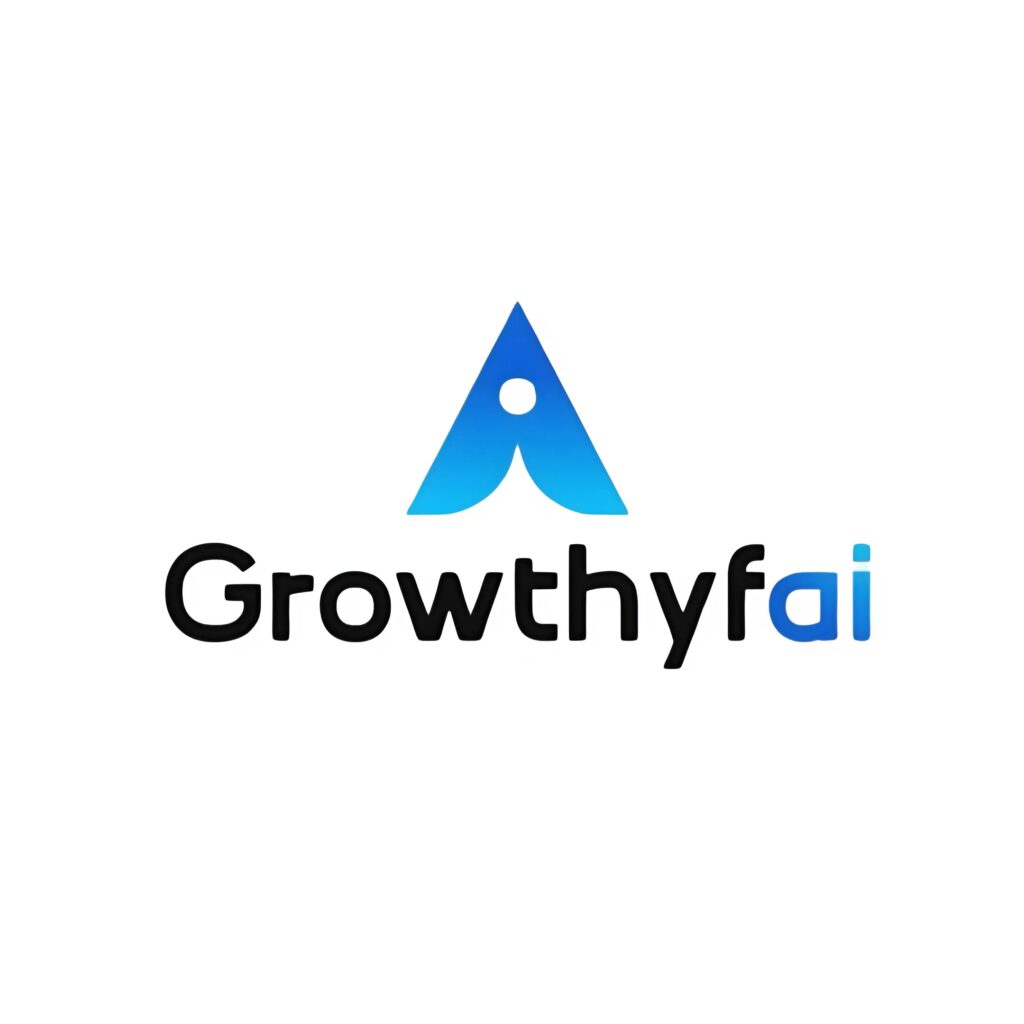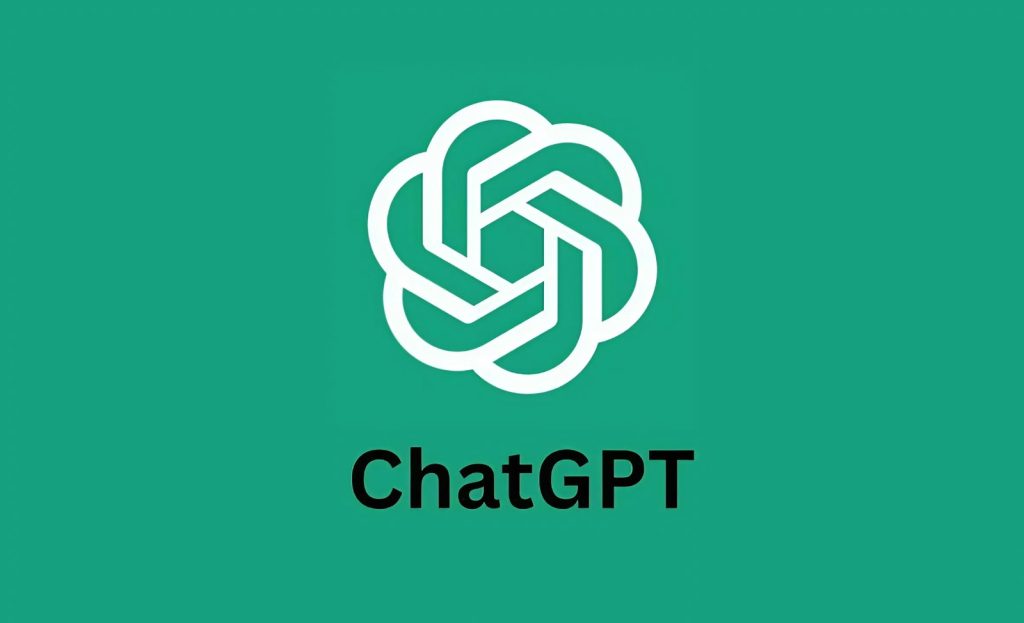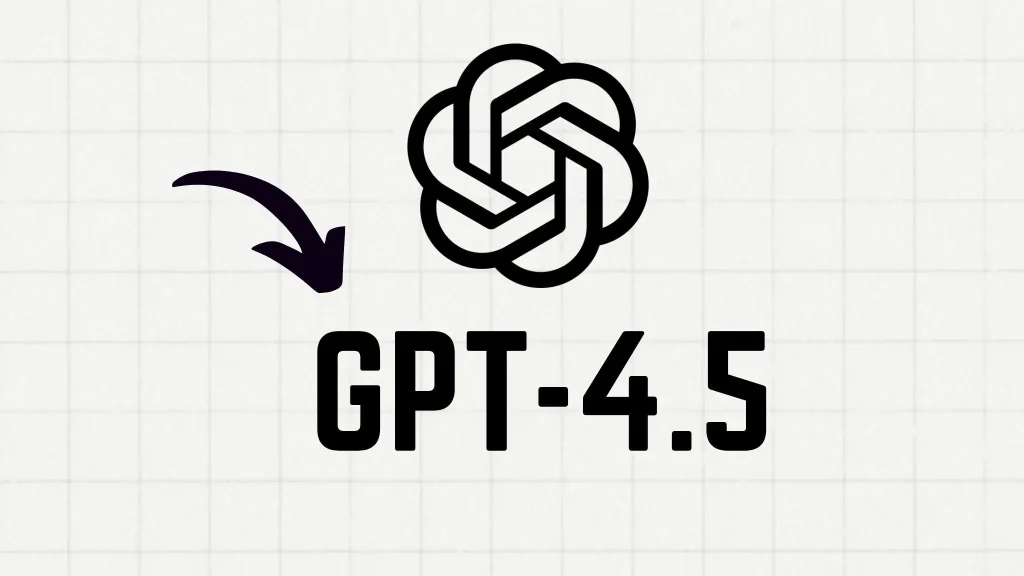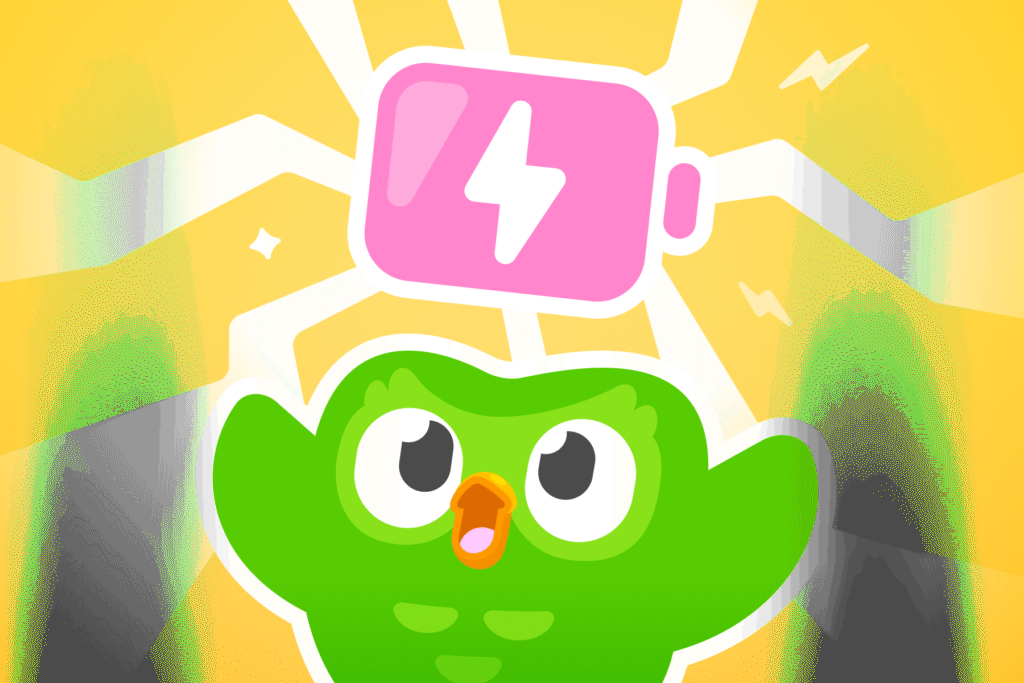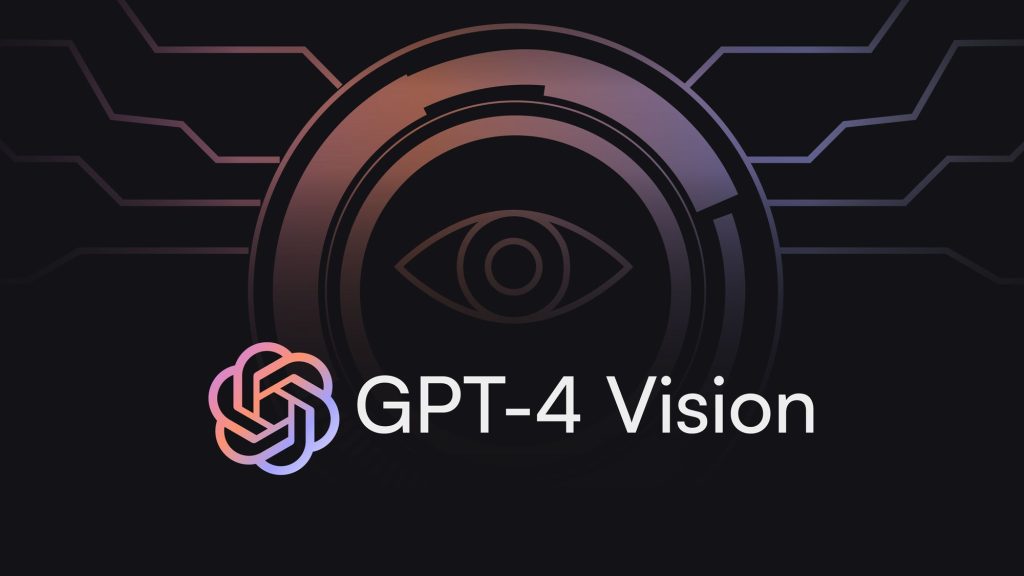OpenAI’s ChatGPT Voice: Revolutionizing Real-Time Conversations with AI’s Newest Voice Capabilities
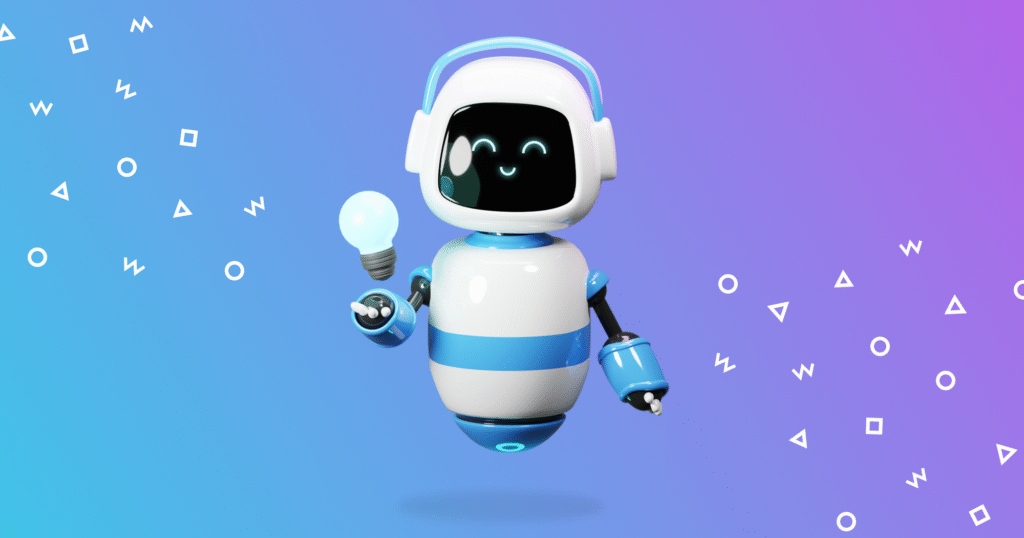
OpenAI’s ChatGPT Voice: Revolutionizing Real-Time Conversations with AI’s Newest Voice Capabilities
—
In an era where technological advancements are redefining our interaction paradigms, OpenAI’s ChatGPT Voice capability emerges as a groundbreaking development in AI communication. The ability to facilitate real-time, natural conversations with machines has long been a dream for many tech enthusiasts and developers. Now, with ChatGPT Voice, this dream is becoming a reality, promising to revolutionize day-to-day interactions across industries.
—
Understanding ChatGPT Voice
ChatGPT Voice is a new feature integrated into OpenAI’s sophisticated language model, ChatGPT. This feature leverages state-of-the-art voice synthesis and recognition technologies to offer users an immersive conversational experience. By converting text into speech and vice versa, ChatGPT Voice enables a fluid dialogue between humans and AI.
The technology is designed to handle a variety of accents and dialects, making it accessible for global audiences. Furthermore, the ability to interpret contextual nuances ensures that the interaction feels natural and is adaptable to different scenarios. This flexibility opens up new possibilities in fields ranging from customer service to personal digital assistants.
—
Features that Set ChatGPT Voice Apart
1. **High-Quality Speech Synthesis**: Unlike previous iterations of voice technology, ChatGPT Voice synthesizes speech that is remarkably human-like in its tonal variations and inflections. This creates a seamless interaction that minimizes the uncanny valley effect, ensuring that users are comfortable and engaged.
2. **Real-Time Processing**: ChatGPT Voice is equipped with real-time processing capabilities, allowing for instantaneous feedback. This immediacy is crucial in maintaining the flow of conversation, making interactions more efficient and productive.
3. **Multilingual Support**: As a testament to OpenAI’s commitment to inclusivity, ChatGPT Voice supports multiple languages and can easily switch between them. This is particularly beneficial in multilingual settings, reducing language barriers and fostering better communication.
4. **Customization Options**: Users can select from a range of voice profiles and even adjust pitch and speech patterns to suit their preferences or the specific needs of a task. This level of customization ensures that the AI voice aligns more closely with user expectations and application requirements.
—
Applications Transforming Industries
The deployment of ChatGPT Voice is set to reshape industries by enhancing processes and boosting efficiency in several key areas.
**1. Customer Service**
In customer service, ChatGPT Voice can handle queries with precision and empathy, providing a consistent customer experience. The real-time interactions can significantly reduce wait times and ensure problems are resolved more swiftly. For businesses, this can result in higher customer satisfaction rates and increased loyalty.
**2. Healthcare**
In healthcare, ChatGPT Voice aids in patient interaction by providing a conversational interface for health monitoring devices and telehealth services. It can offer reminders for medication, respond to health inquiries, and even assist during medical procedures by offering step-by-step guidance to healthcare professionals.
**3. Education**
For education, ChatGPT Voice can act as a personal tutor, offering interactive learning experiences. It can guide students through lessons, answer questions, and provide instant feedback on practice exercises, thus enhancing the learning process.
**4. Personalized Assistants**
For individuals, having a personalized assistant equipped with ChatGPT Voice can streamline daily tasks and manage schedules efficiently. The assistant can make calls, set reminders, and even provide news summaries, making it an indispensable part of modern life.
—
Real-Life Examples of ChatGPT Voice in Action
1. **Virtual Event Hosts**
Organizations are using ChatGPT Voice to host virtual events, where the AI acts as the master of ceremonies. It introduces speakers, handles Q&A sessions, and keeps the agenda on track, providing a professional and smooth event experience.
2. **Language Translators**
In international business meetings, ChatGPT Voice can serve as an immediate translator, helping participants communicate effectively despite language differences. This feature is particularly useful in diplomatic settings and multinational corporations.
3. **Assistive Technology for Disabilities**
For those with disabilities, ChatGPT Voice can significantly enhance interaction with digital devices. By converting speech to text and vice versa, it empowers users by providing greater access to technology and helping bridge communication gaps.
—
Challenges and Future Directions
While ChatGPT Voice brings a host of advantages, it also faces challenges, particularly regarding data privacy and security. Ensuring that voice data is handled ethically and securely is paramount. OpenAI, committed to responsible AI development, is constantly evolving its strategies to address these concerns.
Looking ahead, the future of ChatGPT Voice appears promising. Continuous advancements in machine learning and data processing will likely enhance its capabilities further, making real-time AI conversation an even more integral part of daily life. As AI systems continue to learn and grow more sophisticated, the potential applications are limitless.
—
Conclusion
The introduction of ChatGPT Voice marks a significant milestone in AI’s ongoing journey. By revolutionizing how we converse with technology, it has paved the way for more intuitive, natural, and efficient interactions. From enhancing customer service experiences to providing personalized educational tools, the impact of this technology spans across multiple domains.
As these voice capabilities evolve, they promise to unlock unprecedented potential, transforming visions of the future into tangible realities. With ChatGPT Voice at the frontier, we are witnessing firsthand how AI is reshaping the fabric of communication. Whether used in professional settings, educational environments, or everyday life, its contributions are set to revolutionize how we interact with technology, making it more accessible, personalized, and human-like than ever before.

